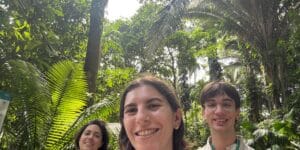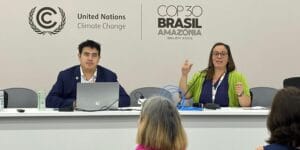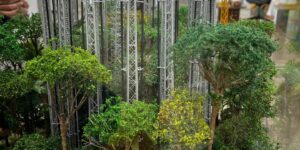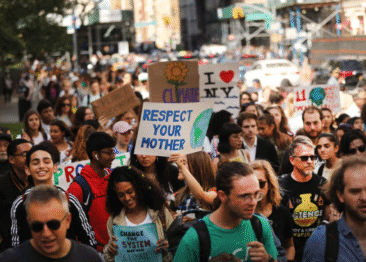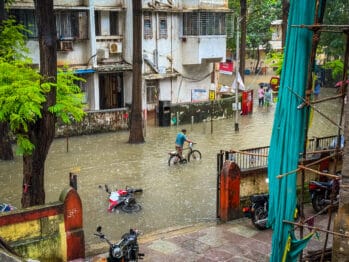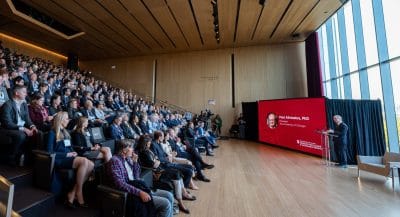The Institute for Climate and Sustainable Growth is proud to sponsor a delegation of College, Booth and Harris students to attend the Conference of the Parties to the United Nations Framework Convention on Climate Change (COP30). During three full days of programming in Belém, Brazil, students can attend panels with global climate leaders, meet with fellow scholars from around the world, and witness live negotiations.
Read on-the-ground reflections from our COP30 student delegates below.
Day 1: Wednesday, November 12
Today was our first day at COP and I got to spend the day in the Blue Zone, which is where the delegates have formal negotiations and countries (and some businesses) have pavilions that host panels throughout the day.
A recurring theme: financing and adaptation! This COP is focused on adaptation, so there was a lot of talk about how emerging economies and “least developed countries” (LDCs) will pay for these efforts and how to make climate resilience more affordable. Here are some key takeaways from different sessions.
Decarbonizing Industry Panel (Australia x ARUP): Making decarbonized industrial materials the go-to solution means making them cost competitive, and we do that by ensuring new tech has a path to funding. The high cost of capital is a barrier to investing in adaptation, but governments can pave the way for private industry by funding scientific innovation, thus reducing risk premiums. Those companies can further de-risk and lower the cost of capital through field trials and strategic partnerships with large corporates.
Pact for People Prosperity and Planet – Healthy Debt on a Healthy Planet: The high cost of capital makes innovation and adaptation too expensive for developing countries. There are no clear credit ratings or metrics for preservation of natural assets the way there are for financial assets. However, the Head of Global Sovereign Credit at Moody’s said they are trying to understand the financial losses that countries avoid by investing at adaptation and incorporate those savings into ratings. This could be a critical way to bring down cost of capital for developing countries facing the biggest climate risks.
Negotiations on National Adaptation Plans: Delegates talked about how far off most countries are from their adaptation targets, and how many countries, especially smaller economies, need more funding for adaptation efforts.
Overall, my first day at COP30 was exciting and exhausting (in a good way)! I was reassured by how many countries and business leaders remain committed to sustainability and decarbonization and felt inspired by the creative funding solutions. While it’s easy to get swept up in the excitement and big talk at COP, I will be watching to see if public and private sector leaders follow through on the collaborative approach to climate finance and funding clean tech innovation that we all agreed was necessary to achieve our net zero goals. I’m looking forward to checking out the Green Zone and other civil society side events tomorrow!
Photo Gallery:

cop30 group photo 1
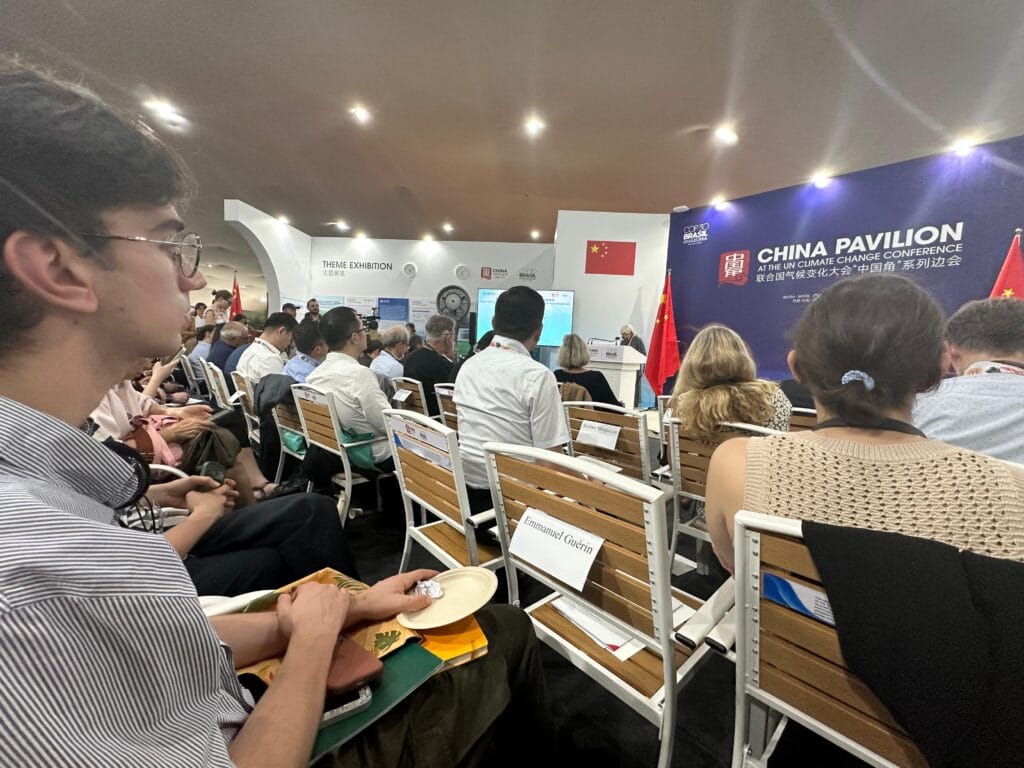
7b37401d-803a-4052-b6a9-2b4a6709eb7c

203e9437-359d-4b2d-a771-91a8caaa7f90

368a85f9-f02a-41ad-abe9-43493e051048

0657cd81-dbce-42cd-af45-f606b1304963

a67ae3c5-56e9-498b-92d1-c80bffe49497

IMG_8560

IMG_8602

IMG_8610

IMG_8585

IMG_8583
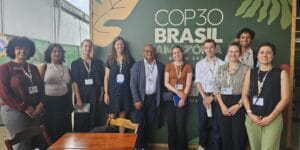
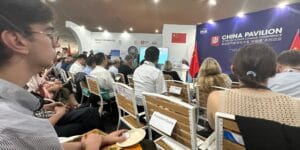









Day 2: November 13, 2025
Today I was one of the students in the Blue Zone, a bustling maze of country, NGO, and interest-themed pavilions and the home of the UN climate negotiations. I started my day in a UN negotiation room observing a discussion on how to overcome barriers in technology implementation. I am currently working in the Patel Lab to study redox flow batteries for renewable energy systems in our grid. I have noticed, however, that although there is so much exciting work being done with technology in academia, implementation of these technology solutions is a huge challenge. I was interested to hear how the UN is dealing with this issue on a global scale. The negotiators were discussing the Technology Implementation Program (TIP), which was created in 2023 as part of the Paris Agreement Global Stock Take (GST).
One common theme among negotiators, especially among the Less Developed Countries (LDCs), Like-Minded Developing Countries (LMDCs), and G77+China countries, is that developed countries need to take on a larger role in financing technology implementation. This is especially due to the fact that many of these developed countries, including the U.S., have historical emissions. I have learned a bit about marketability of new technologies as a part of my laboratory work, but the idea that national governments can also play a role in technology implementation was super interesting.
After attending the negotiation, I attended a panel discussion at the Global Renewables Hub pavilion. This panel discussed some of the successes and challenges experienced internationally when trying to update our grid to include renewable energy. After this panel, the same pavilion held a Women in Renewables Networking Event. I found it so exciting that even at an event so large as COP, there was emphasis on incorporating new perspectives into the energy transition. I had the opportunity to meet so many inspiring women. I also met a few individuals my age, and it was cool to see other young people that were passionate about using technology to address the climate crisis.
Photo Gallery

bed7a6c3-a8ad-4c6b-8609-183c3572d80f

a587e256-4f3a-4a5a-b1a1-a802b4ea8f6a

137e247b-11ac-4fa3-ae8a-168a27c5f577

688a4105-0123-45d2-84a9-85ca1fe154f3

2e601eed-8264-4b38-a6bd-96dd602a2683

IMG_0927
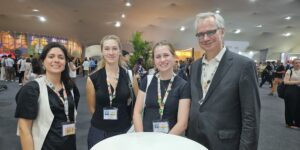





Day 3: Friday, November 14
Today was the last day of our UChicago student delegation at COP30 in Belém, Pará. It was a unique experience to explore the Blue and Green Zones and to attend parallel side events across the city, joining nearly 60,000 people from all over the world at the first UN climate conference ever held in the Amazon.
For me, this COP feels different. Beyond following the discussions on Article 6 of the Paris Agreement and the review of NDCs, this COP highlighted something that sits far outside negotiation rooms: the day-to-day realities of tropical forest regions and the contrast between an urban Amazonian city and the forest that surrounds it.
Being here changed the conversation. Our delegation experienced the humidity, the heat, and an infrastructure that works but looks very different from what global policy hubs are, a reality shock. This forced us, and especially attendees from developed countries, to experience what climate vulnerability means in daily life, and it feels real. COP 30 is making us understand how this physical context shapes how communities face climate change, access opportunities, and navigate challenges that are often invisible in international settings thousands of kilometers away.
So, as a climate finance aficionada, much of my time across the Blue Zone, Green Zone, and side events focused on how these realities translate into funding opportunities. This COP is also personal. It was my first time back in Belém since I led my final project here before starting my MPP, and it feels unique to apply my new UChicago lenses to this context. Being here again helped me connect my academic training with the practical challenges I once worked on. And in these discussions, one emerging initiative stood out.
Brazil’s COP30 Presidency is advancing the Tropical Forests Forever Fund (TFFF), a multilateral mechanism meant to bring rigor, integrity, and flexibility to conservation finance for tropical forest countries. For every dollar contributed by governments, the fund expects to mobilize around four dollars from the private sector, creating a permanent trust fund. While outside the formal negotiations, I can see how the TFFF signals a shift in global dynamics: countries such as Brazil and Indonesia are moving from beneficiaries of climate funds to donors, reinforcing a new cycle of forest-led climate finance.
Through my participation in the discussions, I learned that a core expectation is that TFFF resources will directly reach indigenous and traditional communities, recognizing and compensating their role in safeguarding the forest. Thismatters because forest-compatible economies already offer a viable pathway to relieve pressure in the 29% of the Brazilian Amazon most affected by deforestation. Yet these communities face systemic barriers: financial exclusion, insecure land tenure, weak market integration, and the chronic undervaluation of products like açaí, Brazil nuts, and tropical fruits. The Legal Amazon represents only 0.2% of the $177 billion global tropical products market. Seeing these discussions in Belém reinforced for me how, with expanding finance, we can promote sustainable livelihoods, reduce deforestation, and make conservation competitive.
COP30 was a true immersion in the tropics, putting a focus on the hurdles and opportunities of socio-economic development in the Amazon region, aligned with the climate goals.
I leave Belém feeling more convinced than ever that solutions emerging outside the negotiation rooms may be just as impactful as the formal agreement itself. The TFFF reflects a broader movement to align climate finance, markets, and territorial realities, creating pathways that respond to the complexity of the Amazon and the people who protect it every day. Looking forward to its development and implementation.
Photo Gallery
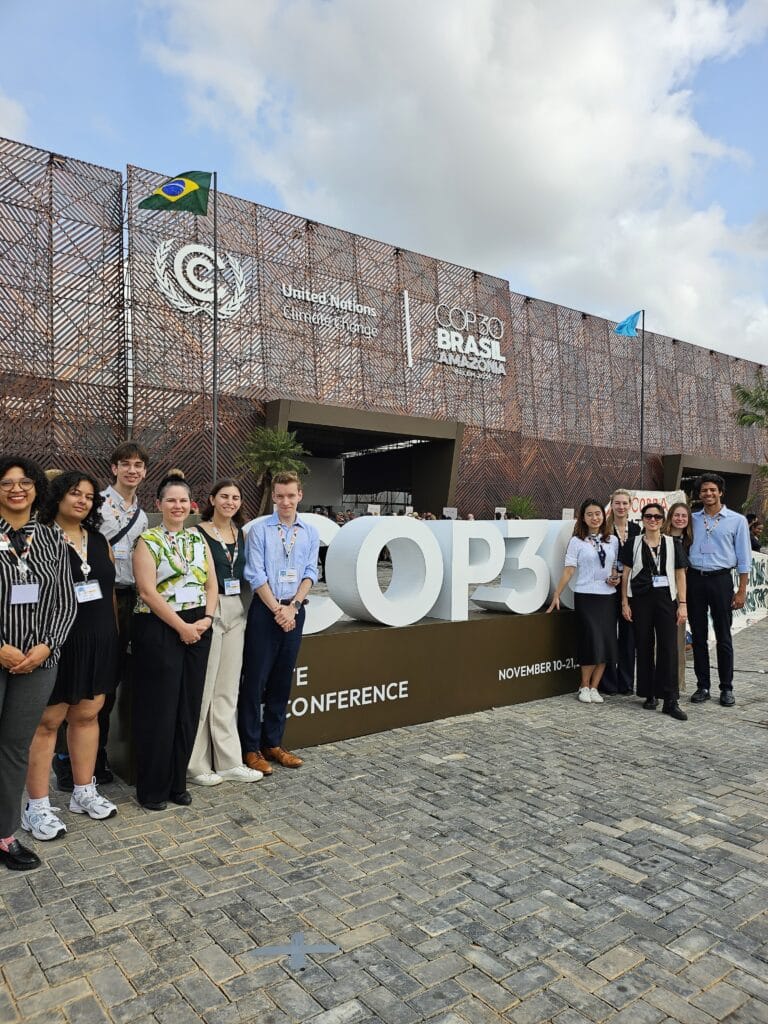
24eb798e-2573-4398-8604-1998a1a5bef2

1e77d05b-b711-438b-9439-2df6eae2871e

IMG_0827

IMG_2064

IMG_2643

IMG_3028

345f5c0e-e043-42e0-84ca-2a87fdf5da2e
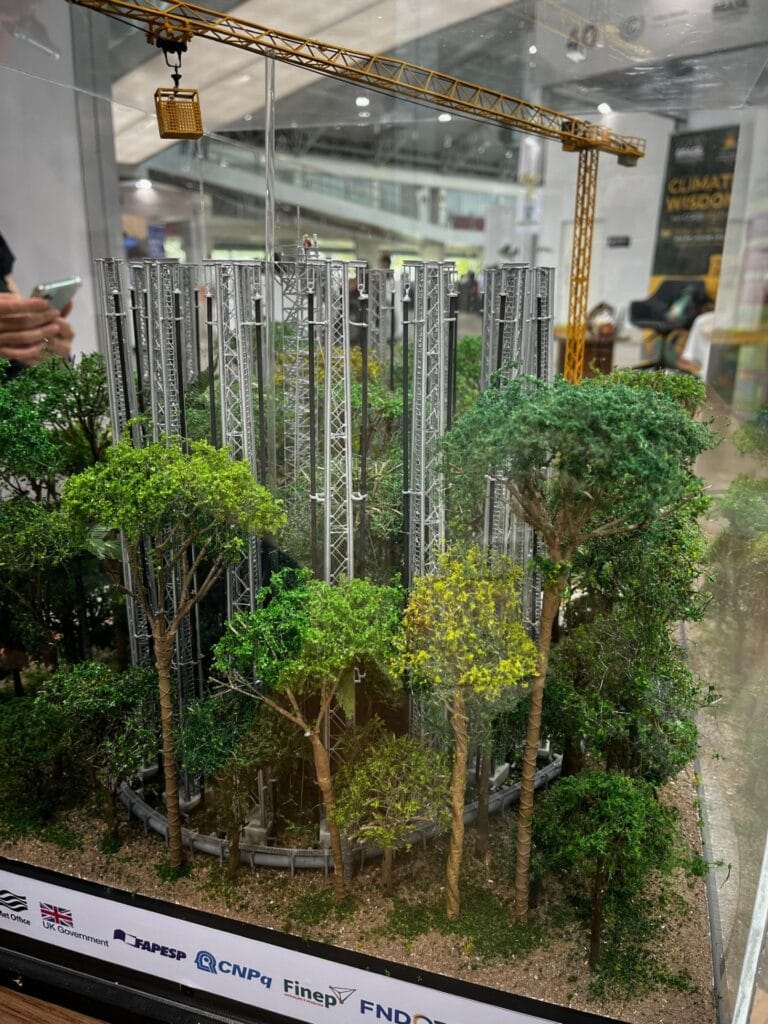
thumbnail_IMG_2811



